This review is taken from PN Review 10, Volume 6 Number 2, November - December 1979.
on Robert Graves
Robert Graves, Poems selected by Robert Graves and Anthony Thwaite (
[This is the 1972 edition selected by Graves plus fifteen poems selected by Anthony Thwaite from Collected Poems 1975]
Robert Graves is a rather taxing subject for those who like to plot lines of development through a poet's work. His habit of suppressing or rewriting poems that have already seen the light of day has been so constant and so vigorous that it has turned his Collected Poems into something other than a poetical biography. The development of his attitudes towards his art has disguised the evidence for that development.
For this reason one ought to ignore the chronological scheme of this selection, which is, after all, a selection. The particular time at which individual poems were first written retains no more significance than any of the other plausible ways of organizing the poems. One has to ignore it. But what this means-and this is the book's main and peculiar virtue-is that much more attention is drawn to those things which somehow have remained unchanged in Graves's work, continuities which no amount of revision could possibly have contrived. In particular one finds that, despite Graves's many prolific years, a certain deliberateness has survived in his treatment of the image as one of two elements that comprise simile, metaphor, and emblem. In poem after poem, the image crops up, as stark and simple as a generic, as the fixed foot for some other element, an argument say, or narrative or explication pitched ...
The page you have requested is restricted to subscribers only. Please enter your username and password and click on 'Continue':
If you have forgotten your username and password, please enter the email address you used when you joined. Your login details will then be emailed to the address specified.
If you are not a subscriber and would like to enjoy the 292 issues containing over 11,700 poems, articles, reports, interviews and reviews,
why not subscribe to the website today?
